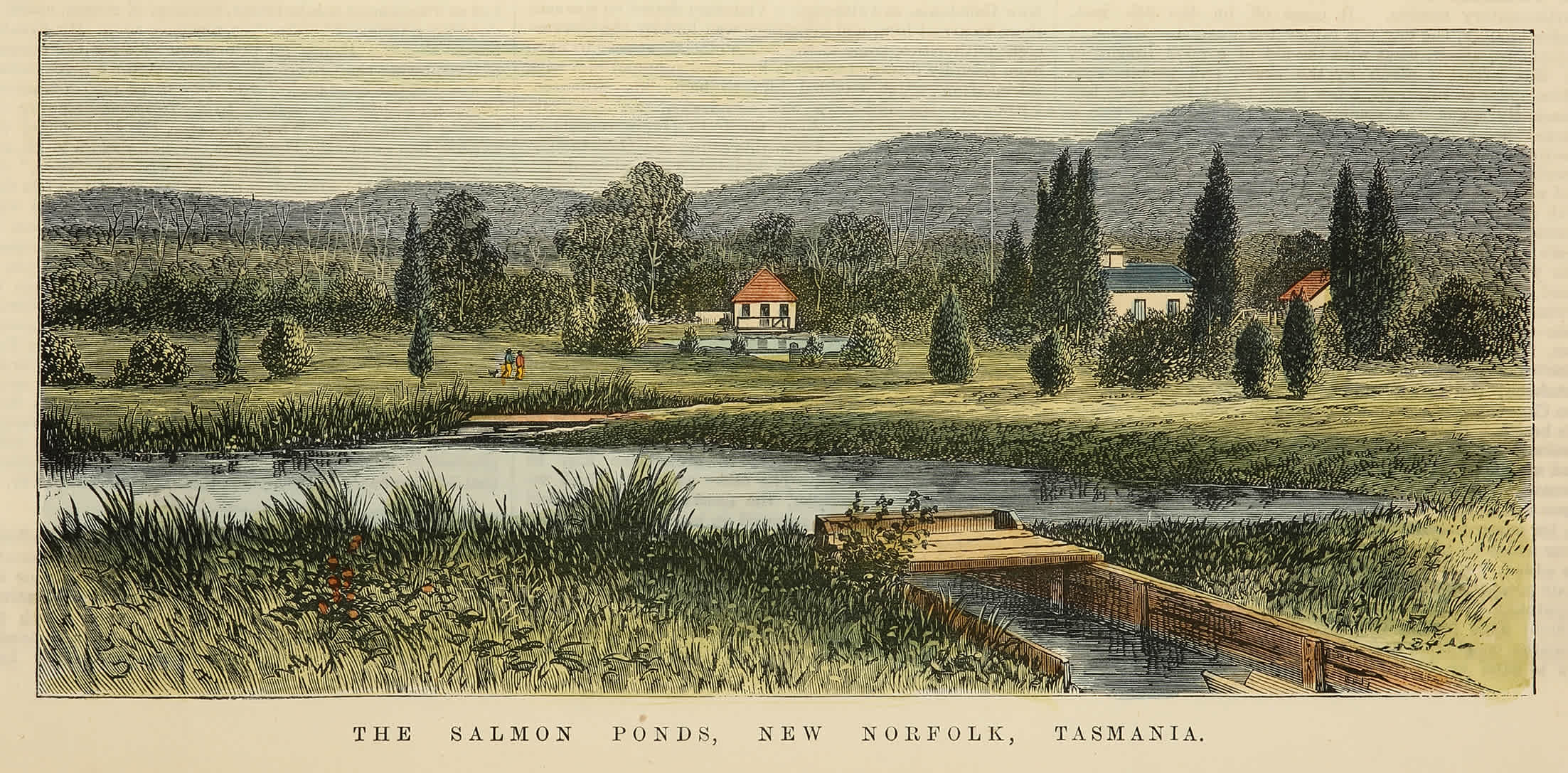It’s a sunny Saturday morning in Hobart and the residents of Sandy Bay are starting the day with a walk along Nutgrove Beach. Today there are some unusual visitors to the beach normally known for dog walking, jogging and sailing – a group of scuba divers being ferried back and forth from the beach to the silty depths of the River Derwent.
Their objective is to find and document one of the world’s rarest and most unusual fish. The spotted handfish gets its name from the highly modified, handlike pectoral fins that it uses to stroll around its sandy seafloor habitat.
Once common within its small home range in the Derwent estuary and on the east coast, in recent times human development, pollution and introduced species have pushed the spotted handfish to the brink of extinction. Now, work by Tasmanian scientists is showing promise that it may be possible to save the species.
Joining the handfish survey team on one of the annual monitoring dives was my first foray into scientific diving of any kind. We waded out to the waiting boat, turned our stern on the waterfront mansions, and headed for the search area. After being loaded up with cameras, clipboards and search equipment, my dive buddy Daniel and I dropped overboard. Dan gave me the OK sign and we sank into the cold, murky depths of the river to begin our search.
Emma Flukes, from the University of Tasmania, is coordinating the handfish survey dives. “The Derwent estuary is the only place in the world where you can find this species,” says Emma. “The handfish survey is to get an idea of population numbers.”

The method of surveying is to “count the number of handfish that are along transects set between GPS points – we can repeat them year after year, giving us an idea of how the population is going and also an idea of where the hotspots might be in the river for handfish”.
The survey sites are on soft silt. This is the handfish’s preferred habitat, but it’s a choice of substrate that doesn’t make searching for them easy. As we swam along our survey area counting the invasive northern pacific sea stars and the stalked ascidians where the handfish lay their eggs, clouds of sediment kicked up by our fins turned the water behind us a murky brown. At the end of our search area we headed to the surface and returned to the beach empty-handed. We repeated this twice at different locations where handfish had been seen in the past, but again to no avail. Living up to their reputation for mysteriousness, the handfish remained elusive.
Mark Green, from the CSIRO says the spotted handfish faces threats on two fronts: habitat change and predation from other animals. “Habitat change from people, anthropogenic pollution in the river, dredging and scalloping up the east coast not only affect the fish directly by dredging them up but also flattens out their habitat,” Mark says.
Introduced species are having a predation effect on handfish populations. “We’ve noted that that the introduced pacific sea star likes to eat the acidian, which is one of the things most prevelant in the Derwent that the handfish like to wrap their eggs around.” To overcome the declining number of stalked acidians, CSIRO has developed a surrogate. “It’s basically a plastic disc with a rod though it,” says Mark.
“The idea is that the disk is buried in the substrate, stopping the device from being washed away, and the handfish lay their eggs around the vertical plastic stick.”
It wasn’t until the final day of surveying that we closed on our quarry. We had almost reached the end of our last search and I had given up hope of seeing a handfish. As we landed on the bottom to write up our observations for the final transect, the disturbance caused as we settled knocked something off balance, I looked closer and staring back at me through a cloud of silt, sitting less than a meter from the end of our search area, looking grumpy and bewildered, was the creature we had spent days searching for.
Maybe it was the effects of hours spent underwater, or perhaps it was hypothermia starting to creep in through the holes in my wetsuit, that caused me to start waving my arms in mad circles, gesturing and shouting though my regulator to alert Daniel of the tiny fish that was now gawping up at us with an expression of growing concern as we flapped about, still trying stabalise our position.
The handfish started shuffling away awkwardly on its hands but after some time, with the silt settled and our equipment ready, the handfish seemed to decide that we posed no direct threat and saw no reason to do anything as undignified as swim away to safety. Daniel measured our new friend, who stayed firmly planted on the bottom, and took its picture so it could be identified later. We said our goodbyes and returned to the surface.
Over four days we had spent many hours searching for the spotted handfish in poor visibility and cold water. Altogether, the divers covered a search area on the bottom of the Derwent of more than 24,000 square metres. We found a grand total of eight handfish, which illustrates just how rare the fish has become. Hopefully efforts by Emma Flukes, Mark Green and others monitoring and restoring handfish habitat and breeding substrate will be successful in bringing this species back from the brink.
Fraser Johnston is a filmmaker and Emmy-nominated Director of Photography based in Hobart. He specialises in natural history, science and documentary storytelling. He works commercially under the name Spectral Media and has worked on broadcast productions for National Geographic, Netflix and Terramatter, as well as numerous online short form films and factual web series. Find Fraser's work online at spectralmedia.com.au and follow him on social media @Spectralpics and Spectral Media.








